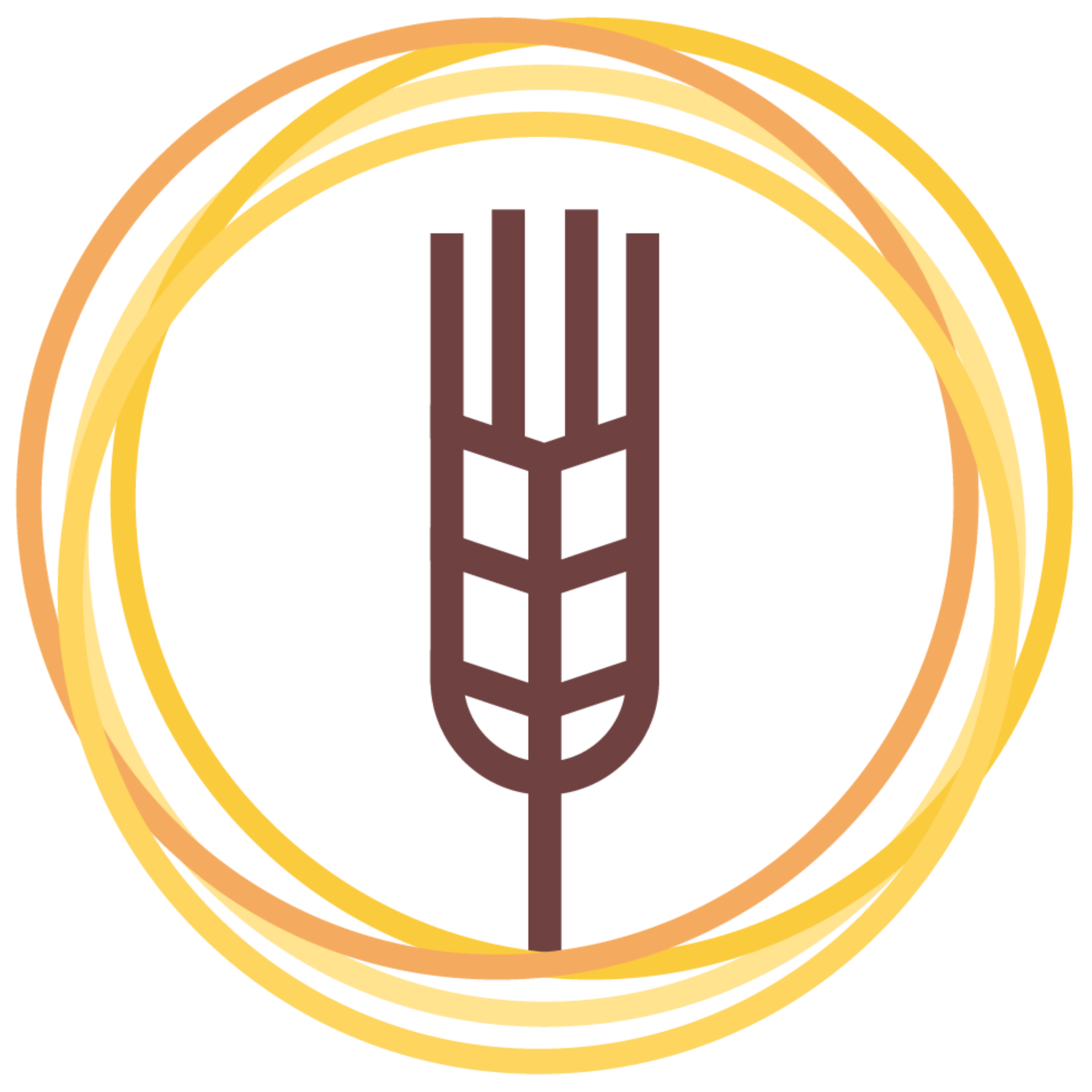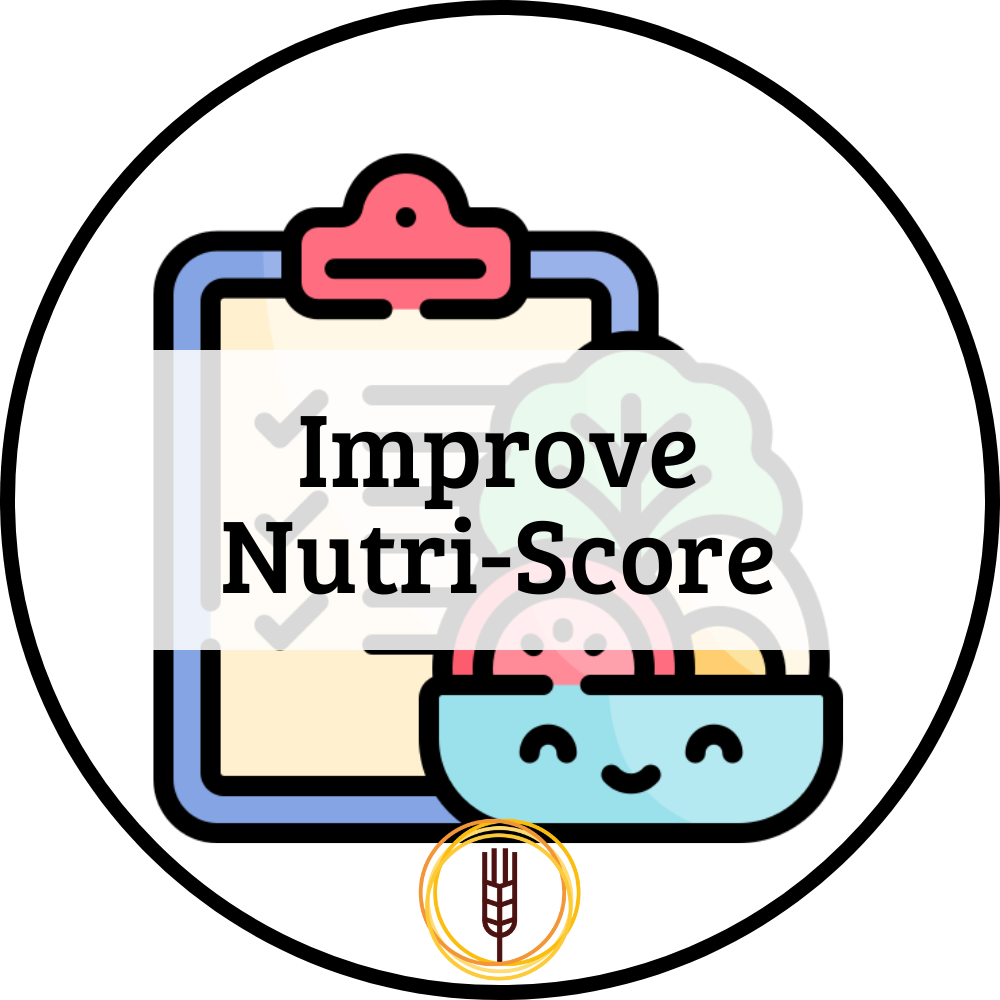
Nutrition



Nutrition
A Nutrient-rich Cereal Crop
Tritordeum combines the best of Ancient and Modern Species
Tritordeum presents itself as a nutritious substitute for traditional wheat in our diets.
Its adaptability across various applications enables its incorporation into a wide array of finished products, spanning from baked goods to beverages.
Compared to conventional wheat, Tritordeum present higher levels of protein, dietary fiber, antioxidants, and minerals. Additionally, it contains lower amounts of immunogenic gluten proteins, making it an appealing choice for consumers seeking to reduce gluten intake or managing conditions like Irritable Bowel Syndrome (IBS) or Non-Celiac Gluten Sensitivity (NCGS).
Recent research investigating a Tritordeum-based diet has unveiled conclusive positive attributes.








Tritordeum's unique Nutritional Composition makes it an excellent option for a Healthy Diet
Here is a summary of all the nutrients "Low in", "Source of" and "High in" claims, based on the refined Tritordeum flour composition, as well as a bread made with 100% of that same flour.
Tritordeum’s nutritional profile is widely studied and all data presented are extracted from third party scientific publications or studies conducted by users.
Consult the most relevant publications here.













